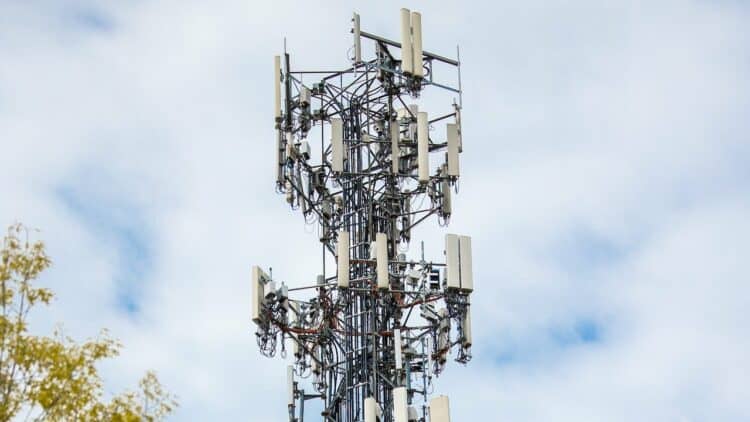Nokia announced the availability of the UBT-m XP, a new addition to its Wavence product family designed to support mobile operators and enterprises with premium coverage in both dense urban and rural environments.
Nokia’s newest E-Band radio is a high-capacity outdoor unit with a small, light form factor and the highest transmit power available on the market; ideal for urban microwave transport applications. The company also launched Nokia SteadEband, a stabilised three-foot antenna that combats common E-Band issues, which include tower vibrations and movements due to thermal effects.
Combined with the UBT-m XP, it can increase the typical E-Band link distance by up to 50%, helping mobile operators deliver multi-gigabit 5G connectivity to their customers. These new products address all use cases for improving link distance as well as the energy efficiency of the Wavence portfolio.
Urban coverage boost
The UBT-m XP is a single ultra-broadband transceiver with an integrated modem and diplexer, offering best-in-class energy efficiency with twice the transmit power compared to the industry average. In recent tests, Nokia demonstrated a 12-kilometer-long link using the Nokia UBT-m XP and the SteadEband antenna.
Rural broadband extension
Nokia also announced the launch of the Outdoor Channel Aggregator (OCA) to support mobile operators looking to expand the reach and capacity of their networks for rural broadband applications.
The OCA aggregates multiple UBT-T XP radios, Nokia’s high-capacity, high-power, outdoor dual-band radio, for N+0 operations and allows for increased throughput with improved system gain of up to 10 dB compared with traditional aggregation methods.
This is important in increasing the link distance or to optimise OPEX/CAPEX by removing the requirement for larger antenna or repeater systems.
Nokia is also introducing the Carrier Aggregation High Density (CAHD) card, which adds ‘single pipe’ capacity to the backhaul to support the link distance. The innovative CAHD module enables 10 Gbps backhaul capacity over multiple channels and supports seamless migration from existing low-capacity backhaul to high capacity hence preserving an operator’s investment.
Impact at scale
Nokia’s ‘Simplified RAN Transport’ solution optimises radio access base station and microwave radio transport hardware to the minimum. This provides enhanced serviceability and operations without the need for dedicated indoor microwave equipment.
Nokia claims that its solution saves 30% more energy versus a traditional microwave site solution, due to a reduced number of units and less air conditioning requirements. Additionally, it also enables lower TCO and reduced site footprint.
Nokia’s Wavence portfolio provides microwave solutions for all use cases covering short-haul, long-haul, E-Band, and SDN-based management both for mobile operators and Enterprises. Its zero-footprint implementation for full-outdoor architectures can be integrated directly with RAN and IP devices with common management. This contributes to an overall reduction in network energy consumption and its software features and automation help to achieve further energy-saving targets.
Emmy Johnson, chief analyst at Sky Light Research, says capacity and radio efficiency are driving the market. “The high-capacity E-band market is expected to grow north of 60% in 2023. Nokia’s newest products answer this call but with the added benefit of high power and energy efficiency.
“The sustainability and power metrics are impressive, as they not only lower TCO but also help meet climate change guidelines,” she added.



